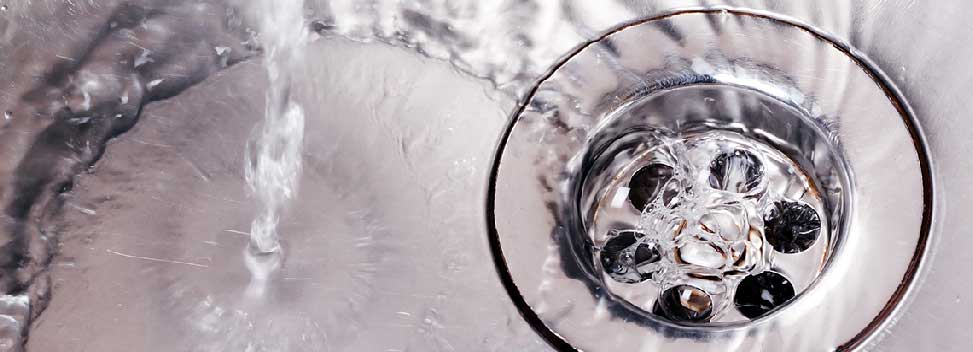Drain down guide for static caravans

What is draining down your caravan?
Draining down your caravan involves removing all fluid and water from your caravan’s pipework, boiler, and water systems. You do this because, during winter, it’s common for pipes to freeze. If you leave your caravan unattended and undrained, any water in your pipework could solidify if temperatures drop below zero.Why should you drain down a static caravan?
If water is left inside your pipework, it could freeze and cause pipes to burst, which may flood your caravan. Or, it could freeze essential parts of your boiler and water systems, causing them to split, crack, or no longer work. Although you may have caravan insurance to protect your static caravan from risks, such as flooding and damaged pipework, insurers may not settle a claim if there are signs of poor maintenance. As a result, you may be liable for costs caused by lack of down draining, even if you have a policy in place.How to drain down a static caravan
Draining down your caravan doesn’t require a specialist, so you can complete it yourself following the steps below.- First, switch off your heater and turn off the water supply.
- Open your caravan’s drain-down taps, usually located underneath your caravan.
- Open all internal taps until the water has fully drained.
- Flush the toilet, turn on the shower, and let the water drain out. Also remove the shower head and connecting pipe to insure it is fully drained.
- Using a compressor or a dedicated drain-down kit, blow compressed air through your caravan’s water pipes to remove any residual water.
- Pour non-toxic, caravan-grade anti-freeze into your toilet, sink, shower, and plug holes to protect against freezing and displace any residual water left in the waste pipes. Close and lock all windows, skylights, and doors to stop cold air from entering your caravan.
When should you drain down your static caravan?
Draining your caravan should be completed in preparation for winter, usually before it gets too cold. As a general rule, complete your drain downs by early November. That said, most static caravan parks have guidelines on when to complete drain downs, so speak to the park owner or check your contract first. You should also check your insurance policy for any clauses that require the caravan to be drained down while empty.What can happen if you don’t drain your caravan?
Failing to drain your caravan can be risky. It can leave your caravan vulnerable to damage, especially burst pipes and flooding. You’ll then need to pay to replace damaged pipework, which can be costly. Your caravan insurance policy is unlikely to cover damage caused by poor maintenance, so you could be liable for repair costs.How else can you prepare your static caravan for winter?
Aside from draining down your caravan, there are other steps you can take to protect your static home from cold, mildew, and other winter risks:- Clear all external drains and gutters of debris to ensure water can flow freely.
- Seal any gaps, vents, or openings around your static caravan to prevent draughts and block entry points for wildlife such as rodents or birds.
- Disconnect the gas supply.
- Secure the caravan properly, with suitable locks and surveillance equipment.
Protecting your static caravan with specialist insurance cover
Some caravan parks may require you to have insurance, while others may strongly advise it. Either way, purchasing specialist static caravan insurance can help to ensure you’re protected against risks like damage and theft, especially while your caravan is unoccupied during the winter. At Intasure, we understand many of the risks associated with owning a static caravan. That’s why our policies include features such as public liability cover and offers protection against theft, damage, natural disasters, and more. We’ll work with you to understand your unique risks and help to ensure you receive suitable cover. To find out more about our static caravan insurance or get a quote, please call Intasure on 0345 111 0680 and we’ll be happy to help.The sole purpose of this article is to provide guidance on the issues covered. This article is not intended to give legal advice, and, accordingly, it should not be relied upon. It should not be regarded as a comprehensive statement of the law and/or market practice in this area. We make no claims as to the completeness or accuracy of the information contained herein or in the links which were live at the date of publication. You should not act upon (or should refrain from acting upon) information in this publication without first seeking specific legal and/or specialist advice. Arthur J. Gallagher Insurance Brokers Limited trading as Intasure accepts no liability for any inaccuracy, omission or mistake in this publication, nor will we be responsible for any loss which may be suffered as a result of any person relying on the information contained herein.
